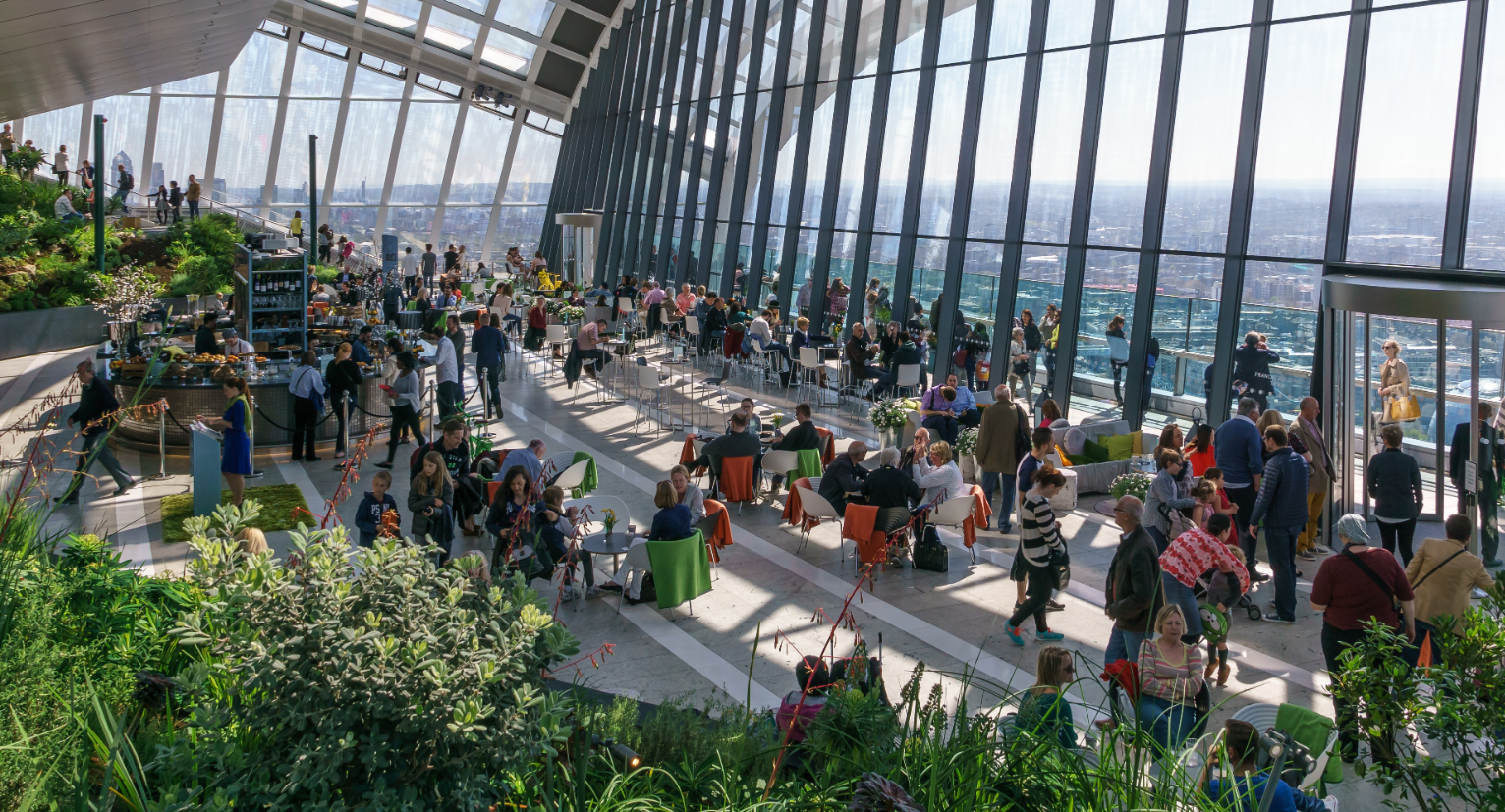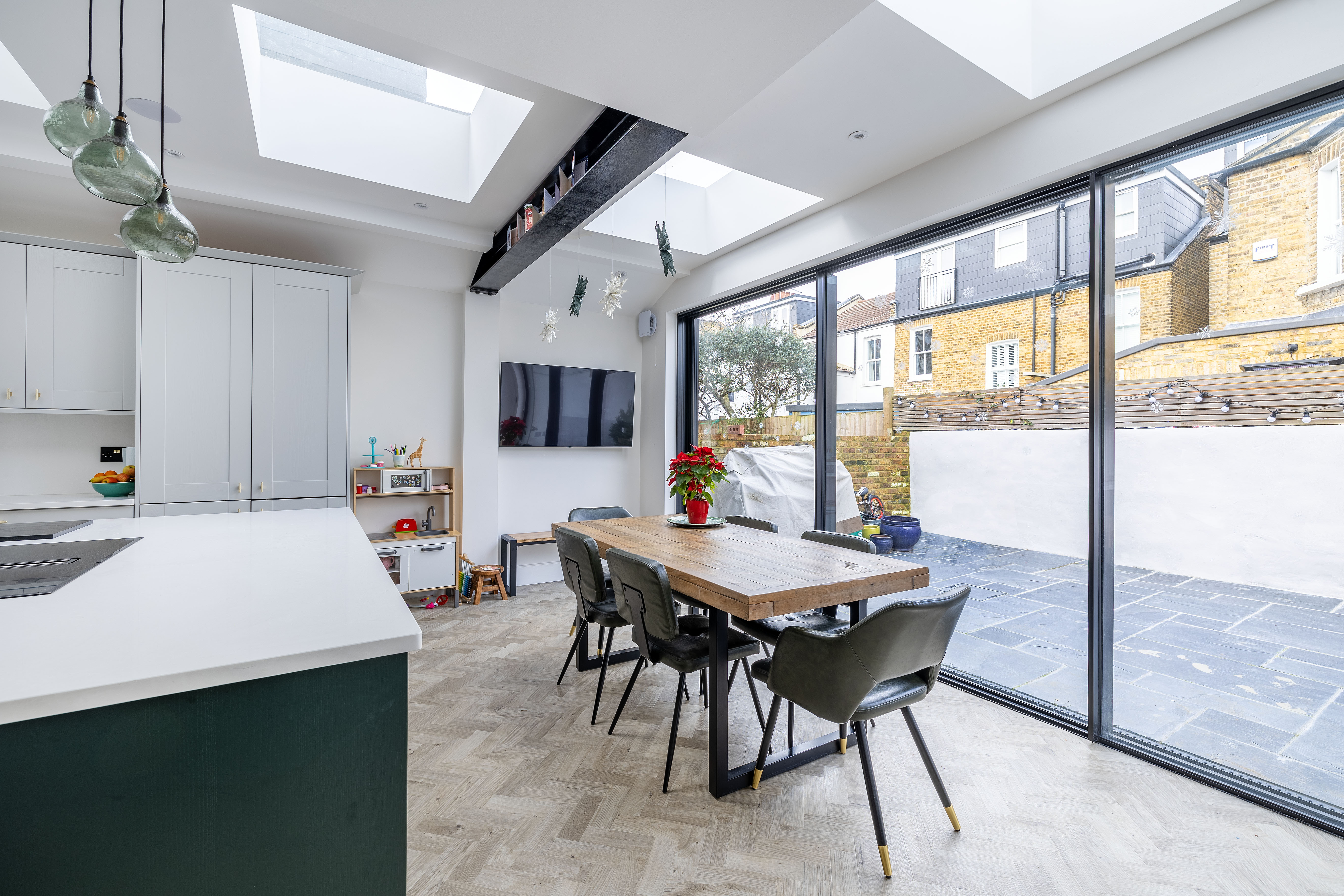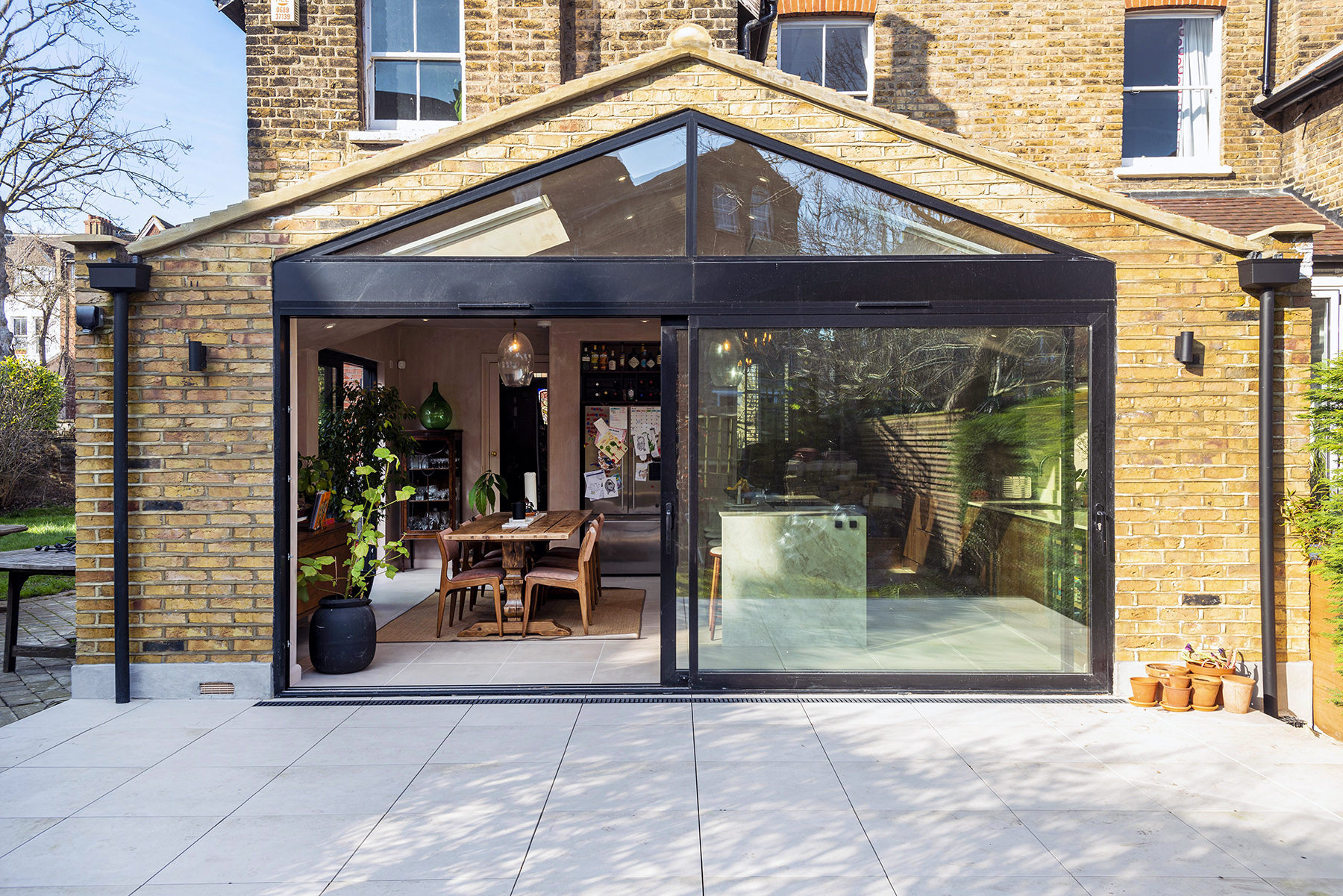Roof Gardens for Victorian Homes: Bringing Nature to the Heart of the City
- 07-10-24
- 6 min read
- Blog
Picture the scene: you're sipping your morning coffee, basking in the sun, surrounded by lush greenery and fragrant flowers.
But you're not in a countryside cottage or a suburban garden – you're right in the heart of London, on the roof of your Victorian terraced house.
Sounds like a dream? With a well-designed roof garden, it can be your reality.
Roof gardens are a clever way to bring a touch of nature into the urban jungle, and they're particularly well-suited to Victorian terraces.
In this article, we'll dive into the world of roof gardens for Victorian terraces.
We'll explore the benefits, the design considerations, and the practical steps involved in creating your own stunning outdoor space.
Why consider a roof garden? Well, you’d be in good company.
There are over 700 roof gardens in London, spanning a total area larger than Hyde Park!
Let’s take a closer look at some of the benefits:
They provide a private outdoor space for relaxation, entertaining, and enjoying the fresh air, something that can be hard to come by.
Imagine stepping out onto your own personal garden where you can unwind after a long day, host gatherings with friends, or simply bask in green surroundings.
Green roofs contribute to reducing the urban heat island effect, a phenomenon where urban areas experience higher temperatures than surrounding rural areas due to the abundance of heat-absorbing surfaces like concrete and asphalt.
By covering your roof with plants, you can help mitigate this effect, as the vegetation absorbs less heat and provides a cooling effect.
Roof gardens also improve air quality by filtering pollutants and CO2 from the air.
The plants on your roof will absorb carbon dioxide and release oxygen, acting as a natural air purifier for your home and the surrounding area.
Additionally, these green spaces support biodiversity by providing habitats for birds, bees, butterflies, and other wildlife, creating a mini-ecosystem in the heart of the city.
From a practical standpoint, roof gardens also offer excellent insulation, helping to regulate the temperature inside the home and potentially reducing energy costs.
They can also improve drainage and extend the lifespan of the roof by protecting it from weather damage and UV rays.

Above: London's most famous 'roof' garden in the Walkie Talkie.
Loft conversions are an excellent way to add valuable living space to a Victorian terrace.
When combined with a roof garden, they can create a truly stunning and unique space that seamlessly blends indoor and outdoor living.
When planning a loft conversion and roof garden simultaneously, it's important to work with a skilled and experienced team like us at Design Team.
We help you understand how to combine these two projects, ensuring that your home's structural integrity is maintained and that the final result is both beautiful and functional.
When designing a roof garden for a Victorian terrace, several key factors must be considered to ensure the space is both functional and aesthetically pleasing.
Before embarking on any rooftop transformation, it's important to assess the structural integrity of the existing roof.
Victorian terraces were not typically designed to bear the additional weight of a roof garden, so it's wise to consult with a structural engineer to determine if reinforcements are necessary.
This may involve adding extra support beams, upgrading the roof decking, or installing a new waterproof membrane to ensure your roof can handle the weight of soil, plants, and any additional features you plan to include.
Ensuring safe and easy access to the roof garden is paramount. If you're combining your roof garden with a loft conversion, you may already have a suitable access point via a staircase leading to the loft.
If not, you'll need to consider installing a sturdy ladder or staircase to reach the roof safely. Adequate safety barriers and railings around the perimeter of the roof are also essential to prevent accidents.
Opt for designs that complement the architectural style of your home while meeting modern safety standards.
Glass balustrades, for example, can provide unobstructed views of the surrounding cityscape while offering a contemporary touch to your roof garden.
The weight of the soil, plants, and any furniture or features must be carefully considered to avoid overburdening the roof structure.
Using lightweight growing mediums, such as a mix of compost, perlite, and vermiculite, can help reduce the overall weight of your garden without compromising plant health.
Proper drainage is also essential to prevent water from pooling on the roof, which can lead to leaks and structural damage.
Incorporating a drainage layer, such as a permeable membrane or drainage mats, beneath the growing medium will allow excess water to flow away from the roof.
Ensuring the roof has a slight slope to direct water towards drainage points, like scuppers or downpipes, is also important.
The rooftop environment can be harsh, with increased exposure to wind, sun, and temperature fluctuations.
Choosing plants that can thrive in these conditions is key. Opt for species that are drought-tolerant, can withstand high winds, and are suitable for the specific microclimate of your roof. Consider the amount of sunlight your roof receives throughout the day and select plants accordingly.
For south-facing roofs that receive full sun, opt for sun-loving plants like lavender, rosemary, or sedum. For shadier roofs, choose shade-tolerant species like ferns, hostas, or heuchera.
While a rooftop location offers a certain level of inherent privacy, additional screening may be desired, particularly if the roof is overlooked by neighbouring properties.
Incorporating trellises, screens, or tall plantings can help create a sense of seclusion and privacy in your rooftop retreat.
Opt for fast-growing climbers like clematis, jasmine, or honeysuckle to quickly cover trellises and provide a lush, green backdrop.
Tall, narrow trees like Italian cypress or bamboo can also be used to create a natural screen along the perimeter of your roof garden.
To make the most of your Victorian terrace roof garden, it's important to maximise space and functionality through clever design solutions.
Vertical gardening is a fantastic way to maximise planting space on a roof terrace.
Using wall-mounted planters, trellises, or even living walls can create a lush, green environment without sacrificing precious floor space.
Opting for multipurpose furniture can help you make the most of limited space.
For example, benches with built-in storage can provide seating while also offering a place to store gardening tools or outdoor cushions.
Foldable or stackable furniture can also be easily stored away when not in use, freeing up space for other activities.
Creating distinct zones within your roof garden can help maximise functionality.
For instance, dedicate one area to dining with a table and chairs, create a cosy seating nook for relaxation, and allocate another section for plants and gardening.
By clearly defining these zones, you can ensure your roof garden serves multiple purposes and caters to various needs.
Use different flooring materials, like decking, paving stones, or gravel, to differentiate between zones and create visual interest.
Incorporating lighting into your roof garden design not only extends the space's usability into the evening hours but also creates a warm and inviting ambience.
Use a combination of task lighting for dining or reading areas and ambient lighting like string lights or lanterns to create a magical atmosphere.
Remember to choose weatherproof and energy-efficient lighting options suitable for outdoor use.
Creating a roof garden on your Victorian terrace is an exciting opportunity to bring a touch of nature to your urban home while maximising outdoor living space.
By carefully considering design elements, structural requirements, and the potential for a concurrent loft conversion, you can transform your unused flat roof into a beautiful and functional oasis in the heart of the city.
Remember, a successful roof garden project requires thorough planning and professional expertise.
Consulting with structural engineers, architects, and gardening specialists, like us at Design Team, can help ensure your vision becomes a reality you can enjoy for years.
Book a free Design Consultation with one of our team to discuss your project in more detail.
.jpg)
11-11-24 6

10-11-24 6

25-10-24 6